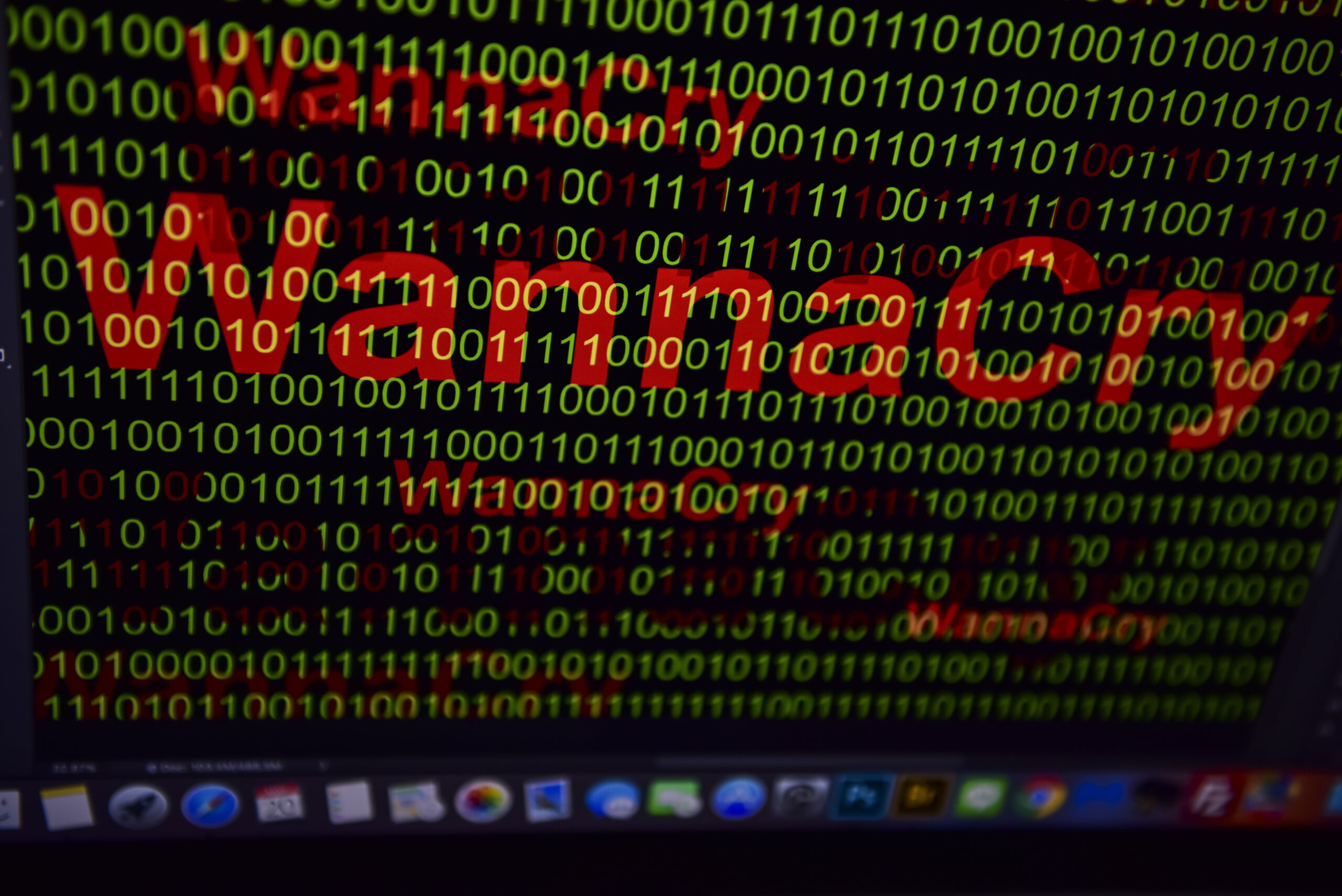Cyber Security Software Market is Growing Globally Forecast 2023-2028
The MarketWatch News Department was not involved in the creation of this content.
Mar 06, 2023 (The Expresswire) —
“Final Report will add the analysis of the impact of COVID-19 on this industry.”
The Cyber Security Software Market 2023 Report provides statistical data on historical and current status, manufacturing cost, volume, share, size and growth. A major trend in the global Cyber Security Software industry is to provide product categories such as type [Network Security, Cloud Security, Wireless Security, Others] and application [Aerospace, Government, Financial Services, Telecommunication] to the rapidly growing industry. Successful marketing strategies, contributions and recent developments of key players, various methodologies and analysis are explained in this research report.
Global Cyber Security Software Market Report (122 Pages) provides exclusive vital statistics, data, information, trends and competitive landscape details in this niche sector.
Get a sample PDF of the report at – https://www.marketresearchguru.com/enquiry/request-sample/20101073
The global Cyber Security Software market size was valued at USD 2286.25 million in 2022 and is expected to expand at a CAGR of 11.54Percent during the forecast period, reaching USD 4402.7 million by 2029.
Internet security or cyber security is a branch of computer security specifically related to internet. The Internet has given rise to new opportunities almost in every field such as business, sports, education or entertainment and many others. However, the internet has its own drawbacks like cyber crime, where the computer used for various types of thefts and crime. Various types of cyber crimes include hacking, software piracy, denial of service attack, and cyber terrorism. The purpose of cyber security is to establish rules and measures to use against cyber crimes over the internet.
The report combines extensive quantitative analysis and exhaustive qualitative analysis, ranges from a macro overview of the total market size, industry chain, and market dynamics to micro details of segment markets by type, application and region, and, as a result, provides a holistic view of, as well as a deep insight into…



